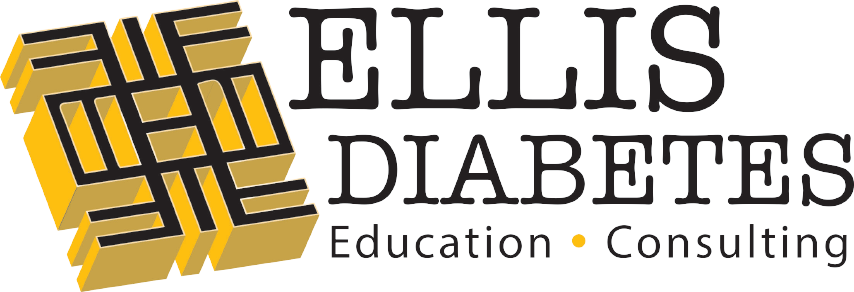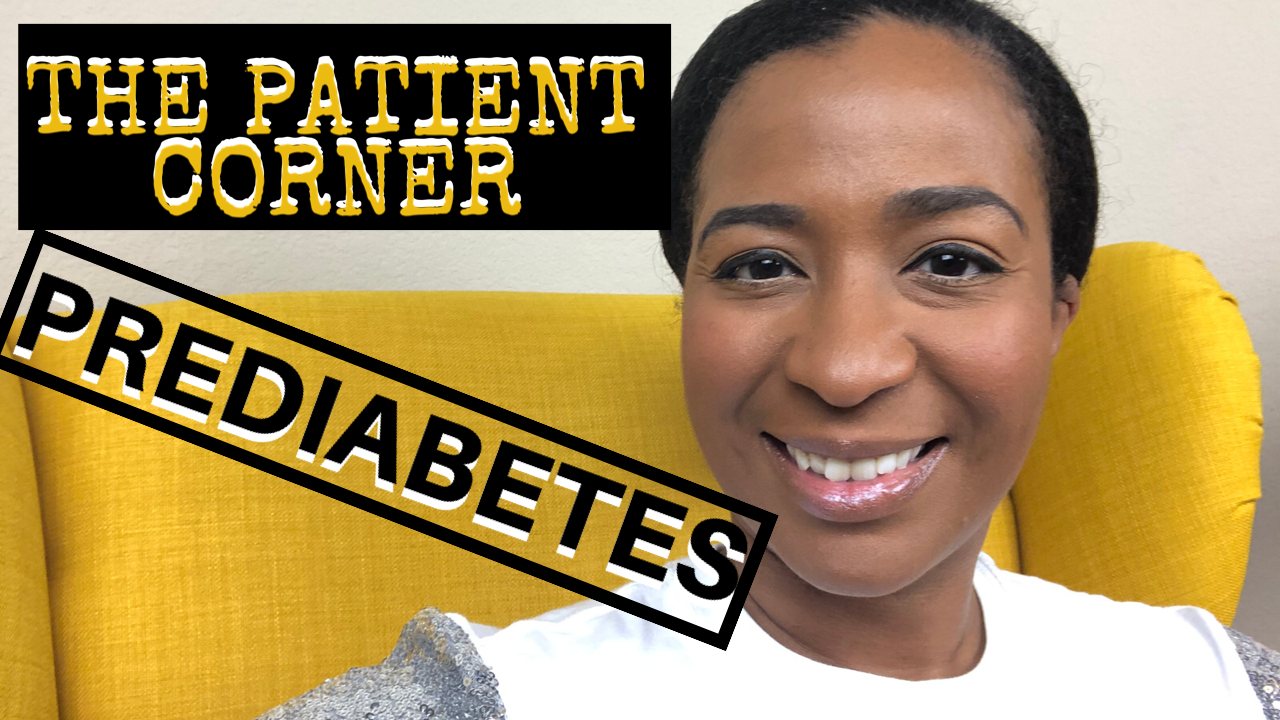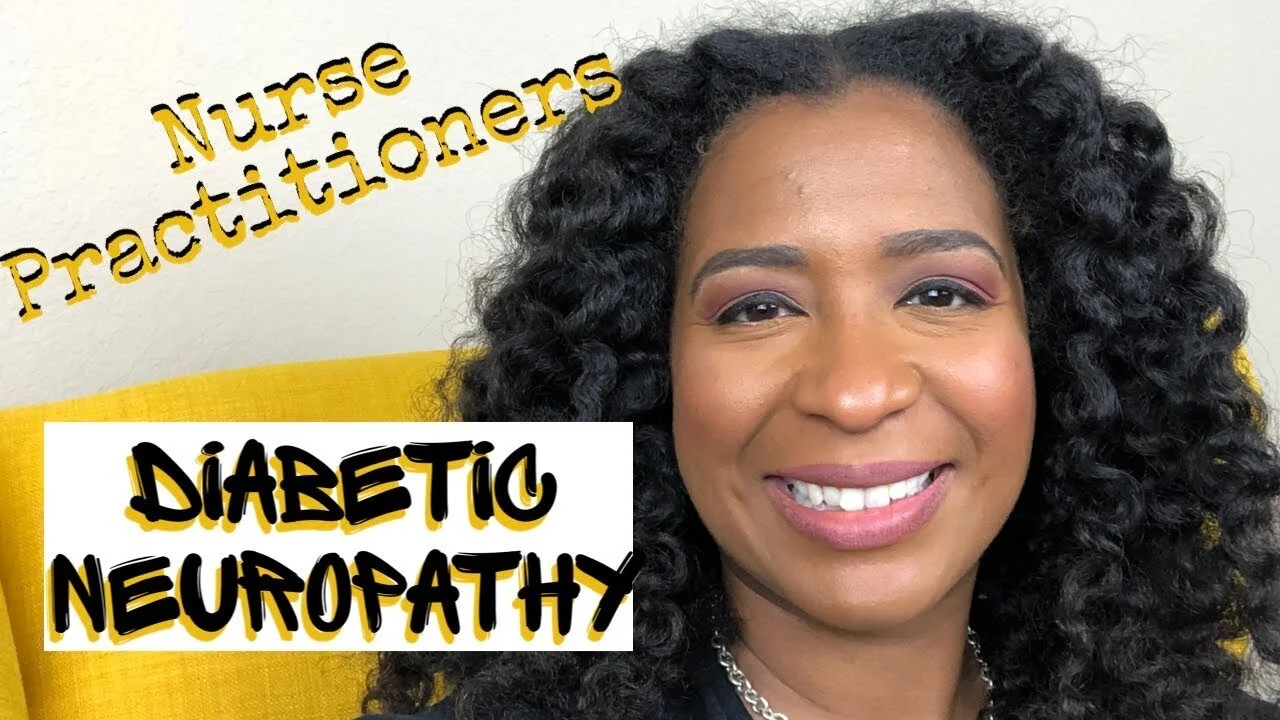Black Communities and Healthcare | Individualize Care Welcome Back & Happy BLACK HISTORY MONTH! Continuing our theme for the month of February, I would like to highlight Black Communities and Healthcare. Today, let’s discuss how we can start to individualize care in vulnerable populations.
All in Diabetes Education
Diabetes Self-Management Education & Support | The DSMES Process
Today, we are going to discuss Diabetes Self-Management Education & Support and the DSMES Process. Studies have shown us that to achieve better patient outcomes, DSMES is necessary. In fact, it is the cornerstone of diabetes management. Gone are the days where providers lead with an authoritative approach in patient care. It is shown that patient buy-in and the empowerment of self management is the most effective way to manage diabetes.
The Holidays & The Diabetic...Mapping Out A Great Holiday With M.A.A.P.S.
The Holidays and the diabetic…let’s talk about! The holidays are upon us and we need to prepare our diabetic patients for them. I thought that it would be nice to put together a series discussing this and I came up with an acronym, M.A.A.P.S….helping our patients map out a GREAT holiday!
Insulin Resistance
Let’s dive into INSULIN RESISTANCE! Insulin Resistance is the prominent problem in many diabetics. We actually start to see it in prediabetes and knowing that prediabetes is reversible, you guessed it…so is insulin resistance! In today’s post, we are going to explore what it is, what causes it, and how it can be prevented and treated. Let’s get into it…
Polycystic Ovary Syndrome
Hey Y’all! Let’s talk POLYCYSTIC OVARY SYNDROME (PCOS)! At first glance, you may be thinking, “What does PCOS have to do with DIABETES & PREDIABETES?” Well, I wanted to briefly discuss PCOS as it relates to a person’s risk for diabetes.
PREDIABETES
PREDIABETES…Let’s talk about!!! You can’t discuss diabetes without discussing it. According to the CDC, one third of American adults are categorized as “prediabetic.” That’s 88 million people! The sad part about it is that a large amount of people do not even know that they have prediabetes. So I felt it was only necessary for me to spend some time over the next few post discussing prediabetes.
The NP Diabetes Starter Pack
A FREE bundle of the printable cheat sheets for the Nurse Practitioner. These cheat sheets cover the “Need to Know” info pertinent for Diabetes Education & Management.
Emotional Awareness During Eating
Hey guys! I wanted to pop in to discuss a way that can assist in the patient’s emotional awareness during eating. One component you can add to your Dietary Food Recall is the location of where they are eating and their feelings at the moment of eating. Let me explain…
Why I prefer a 3-day Food Recall
Hey guys! Yesterday, I posted about a thorough Food Recall and I wanted to pop in today and answer a common question: How long should I do the Food Recall? Personal, I prefer a 3-day Food Recall.
Dietary Recall for Diabetic Patients
So let’s talk about a good FOOD RECALL for diabetic patients! In all honesty, performing a food recall is beneficial for any patient but it can be extremely insightful for you and your patients with diabetes. The purpose of it is to get an accurate daily dietary intake. This especially important because we see clearly what the issue for the patient is. Is it that they binge eat? Is it that they make unhealthy choices when they are hungry? The food recall can tell this plus more and can assist us with tailoring our education for the patient.
How to Prevent Diabetes Mellitus
It goes without saying that most people want to PREVENT diabetes at all cost. So you can imagine how many conversations I have over this very topic. People have seen family members and loved ones suffer with this chronic disease and they just don’t want to be fooled with it. Diabetes has this black cloud over it, something like a death sentence to some. People automatically think that they will be put on insulin shots or have amputated limbs and because of this a good portion of diabetes education is spent debunking misconceptions. Now clearly, untreated, diabetes can and will wreck havoc on one’s life but that doesn’t have to be the case. So I thought it would be great to give some talking points over ways one could prevent diabetes.
Medical Nutrition Therapy for Diabetes
According to the Centers for Disease Control & Prevention (CDC), Medical nutrition therapy (MNT) is a key component of diabetes education and management. MNT is defined as a “nutrition-based treatment provided by a registered dietitian nutritionist.” It includes “a nutrition diagnosis as well as therapeutic and counseling services to help manage diabetes.”
What Diet is BEST for Diabetes?
Yesterday, I posted an overview over the Food Guidelines for Diabetes by AACE. Today I would like to answer a question that, as providers, we get often: “What’s the BEST diet for Diabetes?”
Read More—>
Diabetes Complications: What is Peripheral Artery Disease???
Diabetes Complications: What is Peripheral Artery Disease??? Well, I dive into it in this video! I also discuss the diagnosis and treatment of the diabetic complication, peripheral artery disease and what we as the providers should be looking for.
THE PATIENT CORNER | Proper Foot Exam
As I mentioned in the previous post, ensuring that your patients know how to perform proper foot care is crucial and it can single-handedly prevent or reduce the chance of diabetic compications such as neuropathy, peripheral artery disease, and even amputations.
Daily Foot Checks for Patients
A quick post to discuss the importance of educating and empowering our patients over daily foot checks. Our patients spend the majority of the time outside of our clinic so helping them become self sufficient and able to manage their diagnosis is crucial. Taking the time to give them takeaways to proper care for their feet will definitely do this for them.
The Components Of A Clinical Foot Exam
I previously posted about the Diabetic Foot Examination and discussed an overview of what nurse practitioners should keep in mind with assessing the diabetic’s feet. Today, I would like to dive more in detail over the individual components of the exam.
Diabetic Neuropathy | Nurse Practitioners
What is Diabetic Neuropathy? (For Nurse Practitioners)// In today's video, I am discussing Diabetic Neuropathy and what it is.
An Overview: Chronic Complications of Diabetes
An Overview: Chronic Complications of Diabetes// In today's video, I discuss the common chronic complications that can arise with DIABETES. This is a general overview of the two categories, MACROVASCULAR & MICROVASCULAR.




















